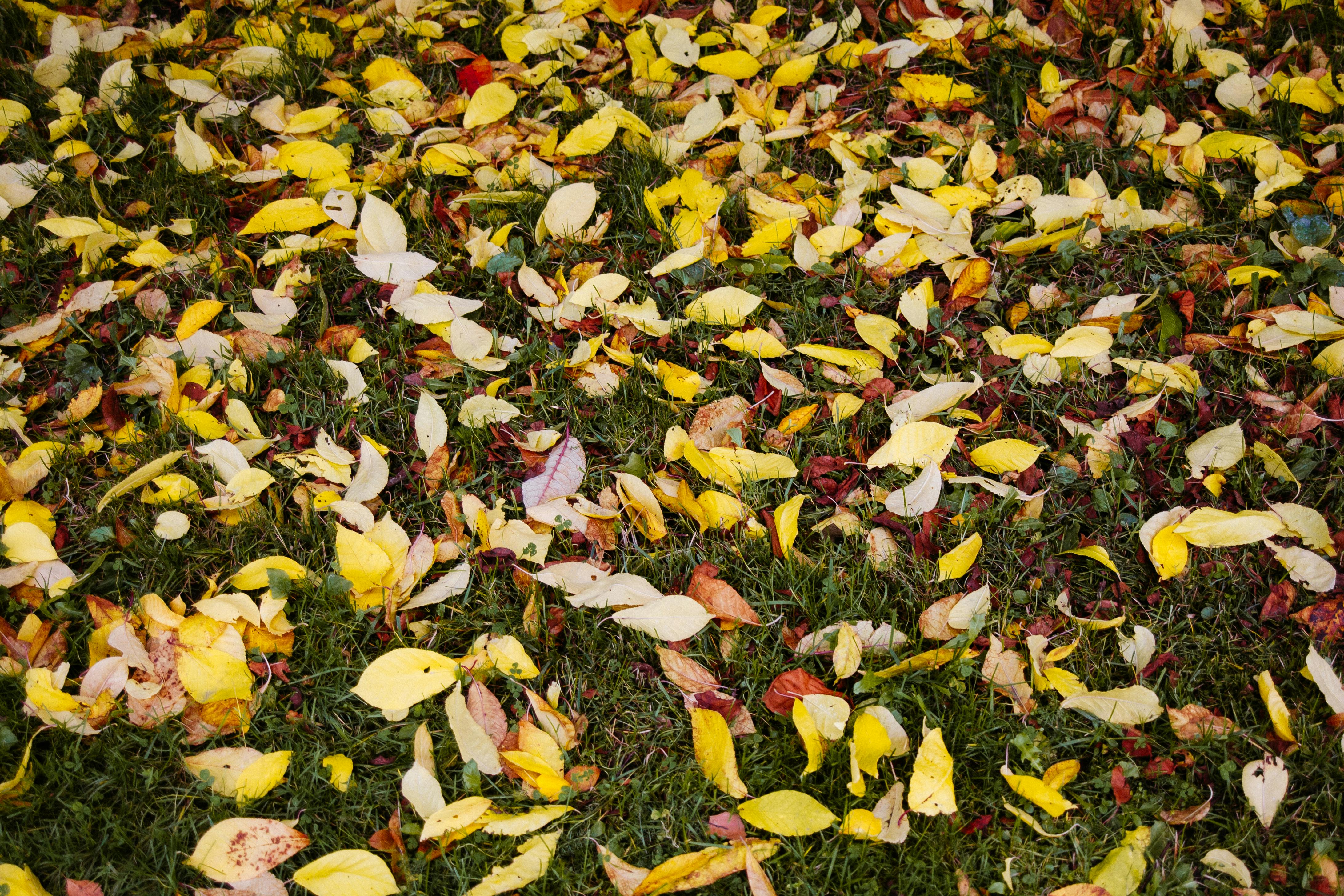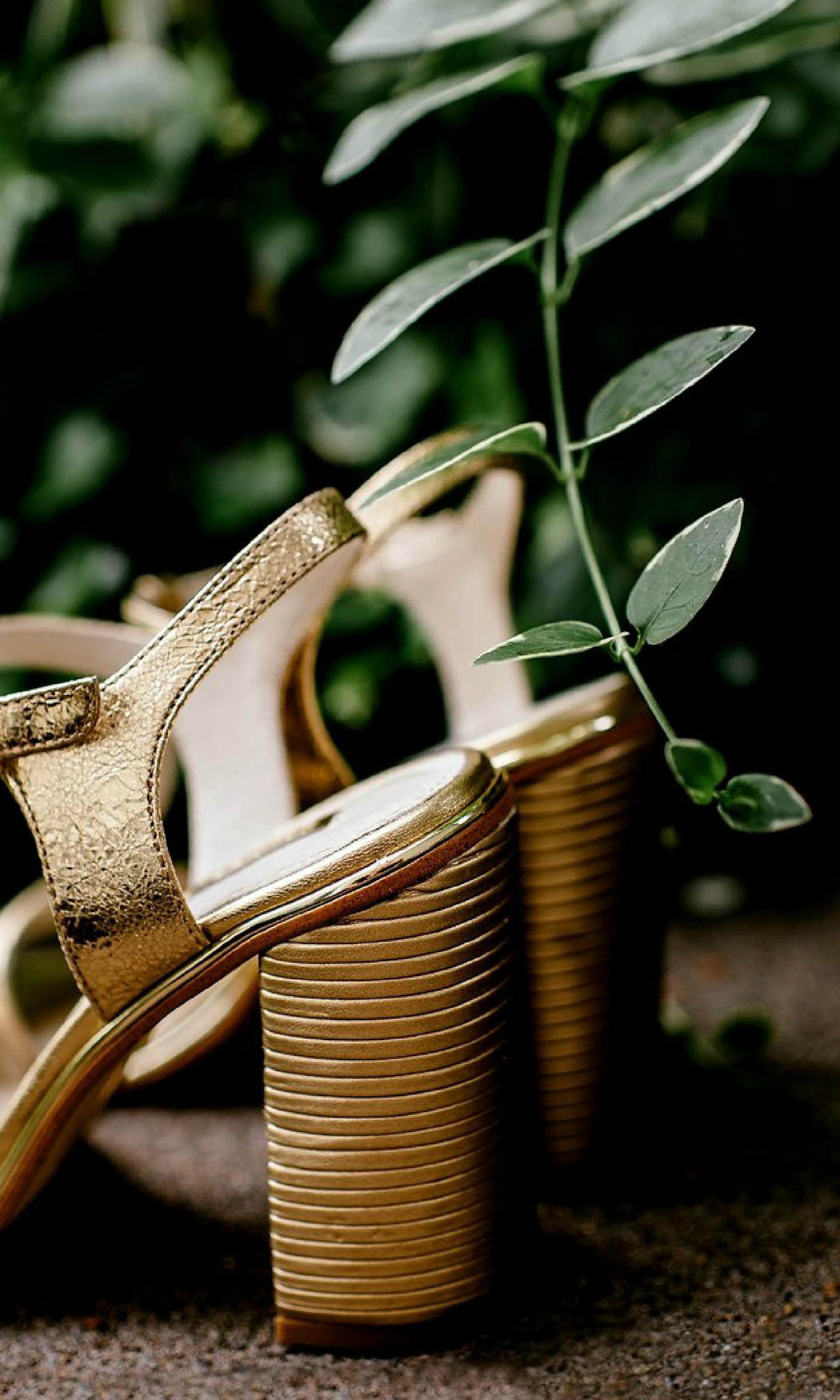Transforming Outdoor Spaces with Gold Leaf Gardens
Gold leaf gardens are redefining the landscape design scene with their unique blend of opulence and nature. In today’s world where outdoor aesthetics are as vital as interior design, these luxurious gardens offer a fresh and inspiring concept. This comprehensive guide will take you through the fundamentals, practical steps, and advanced applications of gold leaf gardens to help you transform your space into a breathtaking masterpiece.

Understanding the Fundamentals
Gold leaf gardens are an innovative approach to luxury landscaping that incorporates metallic elements—particularly gold leaf accents—into plant design, sculptures, and architectural features. Originating from artistic traditions such as gilding, the concept has evolved into an outdoor design movement that speaks to elegance and exclusivity.
These fundamentals matter because they merge botanical beauty with fine artistry. Imagine blending the richness of gold with the vibrancy of flowers—it turns an ordinary garden into a gallery of living art.
1.1 The Art of Gilding in Nature
Gilding involves applying thin sheets of gold to surfaces. In gold leaf gardens, this practice is adapted for outdoor-safe applications, including statues, ceramic pots, and even select plant varieties with reflective or golden-hued foliage.
This element is used to create focal points, enhance lighting effects, and elevate the overall garden ambiance. Many people mistakenly believe gold leaf is fragile, but when sealed properly, it withstands outdoor conditions remarkably well.
1.2 Harmony Between Plant and Metal
Unlike traditional gardens, gold leaf gardens are curated with color theory in mind—balancing gold accents with deep greens, purples, or whites. This combination creates visual harmony rather than clashing aesthetics.
Designers often use examples like variegated hostas or golden sedge to blend natural yellow-gold tones with metallic elements, creating cohesion that feels organic and luxurious simultaneously.
Practical Implementation Guide
Applying these principles requires both planning and creativity. Gold leaf gardens can range from simple enhancements to full-scale landscaping transformations. Results will vary depending on the scale and commitment, but even minor upgrades offer a significant visual impact.

2.1 Actionable Steps
- Define Your Vision: Start by choosing a theme or focal point for your gold leaf garden—whether it’s a gilded water feature or golden-trimmed pathways.
- Gather Materials: Use weather-resistant gold leaf, garden-safe sealants, reflective stones, and complementary plant species like golden euonymus or dwarf evergreens.
- Create a Timeline: Break your project into phases—design layout (Week 1), material acquisition (Week 2), installation (Weeks 3–4), and finishing touches (Week 5).
2.2 Overcoming Challenges
Common challenges include improper sealing, overuse of metallic elements, and poor color matching. These mistakes can make a garden appear gaudy rather than elegant.
To avoid these issues:
- Use gold leaf sparingly—less is more
- Test sealants on sample pieces before applying
- Plan lighting to highlight gold features at night
Experts recommend routine maintenance and occasional touch-ups to keep the gold elements vibrant over time.
Advanced Applications
Once the foundation is in place, you can explore more advanced techniques to elevate your gold leaf garden. These options are perfect for homeowners or designers looking to make bold, high-end statements.

3.1 Integrating Technology
Advanced gold leaf gardens often include smart lighting systems that accentuate metallic features during dusk or night. For example, low-voltage LED systems can cast a warm glow on golden surfaces, enhancing their shimmer effect.
In one recent project, a designer integrated motion-triggered lights with a gilded archway, boosting both aesthetics and security. This dual functionality adds practical value to the artistic installation.
3.2 Custom Sculptures and Architecture
Custom garden sculptures—such as golden koi, abstract forms, or gilded pergolas—serve as conversation pieces. These are often crafted from metal or stone, then treated with gold leaf to create a lasting impression.
Ensure the garden’s architecture is compatible. For example, wooden trellises should be treated with a weatherproof sealant before applying any gold elements. Compatibility between materials is key to longevity.
Future Outlook
The future of gold leaf gardens is promising, with designers experimenting with sustainable gilding materials and biodegradable accents. As eco-consciousness meets luxury, expect to see new innovations emerge that marry beauty with responsibility.
Industry forecasts predict increased use of augmented reality (AR) to preview garden transformations, and biodegradable metallic paints may soon replace traditional gold leaf for certain applications. Staying ahead of these trends ensures your garden remains both current and captivating.
Conclusion
Gold leaf gardens are more than a trend—they’re a movement toward integrating artistic opulence with natural beauty. Key takeaways include the importance of balanced design, the practicality of weather-resistant materials, and the potential for advanced integration.
If you’re ready to elevate your outdoor space, now is the perfect time to start designing your own gold leaf garden. Begin with a small project and scale up as your vision grows—luxury is just a leaf away.
Frequently Asked Questions
- Q: What is a gold leaf garden? A gold leaf garden is a luxury landscape design that incorporates real or imitation gold leaf on garden elements such as sculptures, planters, or select foliage.
- Q: How do I start creating one? Begin by choosing a design theme, selecting suitable materials, and mapping out focal points where gold accents will be most impactful.
- Q: How much time does it take to complete? A small-scale project can take 2–3 weeks, while large installations may require several months depending on complexity and customization.
- Q: Is it expensive? Costs vary widely. Small accents may cost $100–$300, whereas large installations with custom sculptures can exceed $10,000 depending on scale and material quality.
- Q: How does this compare to traditional gardens? Gold leaf gardens offer more luxury and visual impact but require additional maintenance and planning compared to standard landscaping.
- Q: Is it technically difficult to install? It depends. Basic applications like gold planters are easy to DIY, while architectural gilding or lighting systems may require professional installation.
- Q: Can this be applied in commercial spaces? Absolutely. Hotels, restaurants, and event venues use gold leaf garden elements to elevate their outdoor aesthetics and create lasting impressions.
